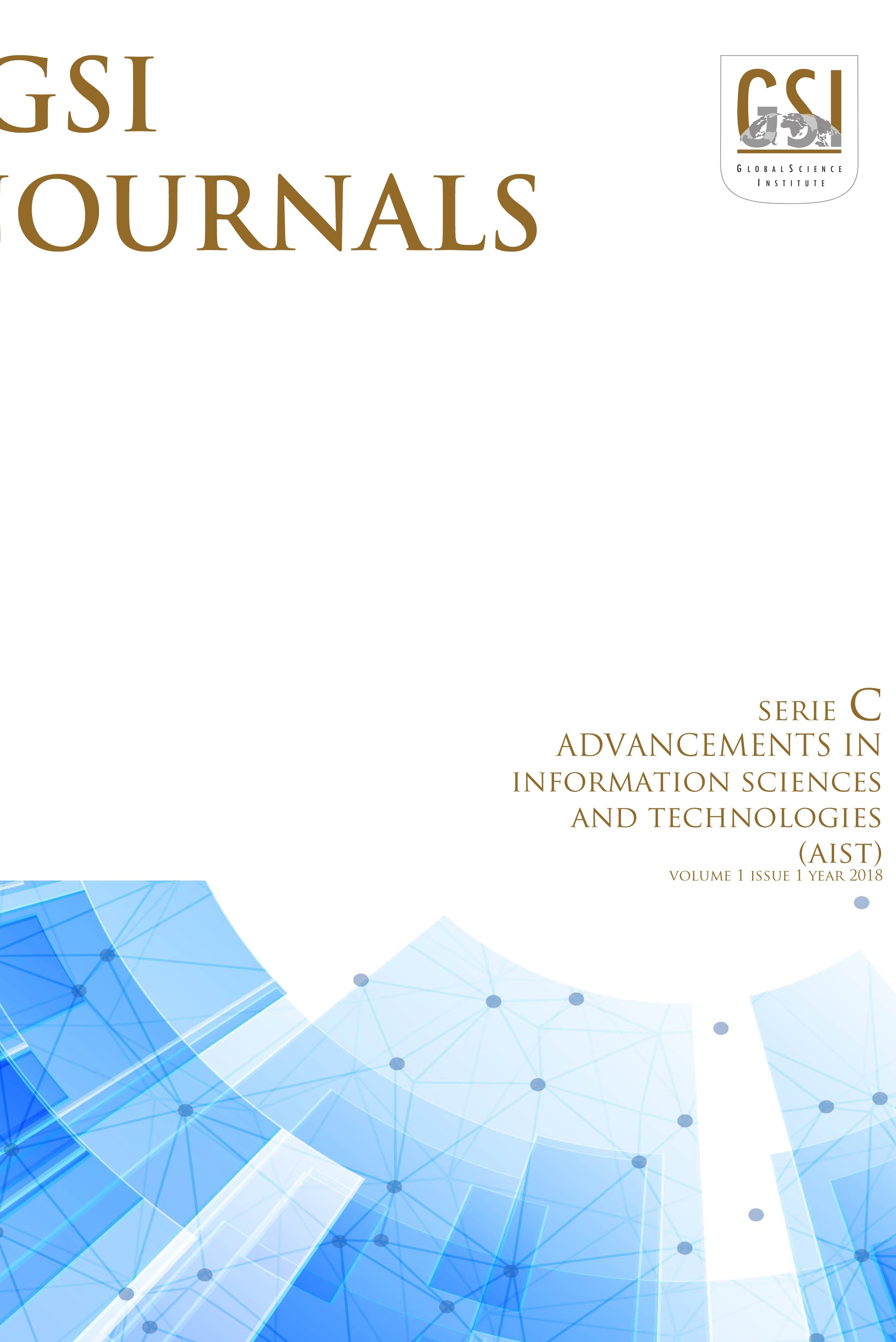Anatomi eğitimi için temporomandibular eklemin sanal anatomisi
anatomi, sanal gerçeklik, temporomandibular eklem, tıp eğitimi
The virtual anatomy of the temporomandibular joint for anatomy education
anatomy virtual reality, hologram, temporomandibular joint, medical education,
___
- Ammanuel, S., I. Brown, J. Uribe, and B. Rehani. 2019. 'Creating 3D models from Radiologic Images for Virtual Reality Medical Education Modules', Journal of Medical Systems, 43: 166.
- Andrews, C., M. K. Southworth, J. N. A. Silva, and J. R. Silva. 2019. 'Extended Reality in Medical Practice', Curr Treat Options Cardiovasc Med, 21: 18.
- Bodani, V. P., G. E. Breimer, F. A. Haji, T. Looi, and J. M. Drake. 2019. 'Development and evaluation of a patient-specific surgical simulator for endoscopic colloid cyst resection', Journal of Neurosurgery: 1-9.
- de Faria, J. W. V., M. J. Teixeira, L. D. Sousa, J. P. Otoch, and E. G. Figueiredo. 2016. 'Virtual and stereoscopic anatomy: when virtual reality meets medical education', Journal of Neurosurgery, 125: 1105-11.
- Dharmawardana, N., G. Ruthenbeck, C. Woods, B. Elmiyeh, L. Diment, E. H. Ooi, K. Reynolds, and A. S. Carney. 2015. 'Validation of virtual-reality-based simulations for endoscopic sinus surgery', Clinical Otolaryngology, 40: 569-79.
- Frederiksen, J. G., S. M. D. Sorensen, L. Konge, M. B. S. Svendsen, M. Nobel-Jorgensen, F. Bjerrum, and S. A. W. Andersen. 2019. 'Cognitive load and performance in immersive virtual reality versus conventional virtual reality simulation training of laparoscopic surgery: a randomized trial', Surg Endosc.
- Hoffman, H., and D. Vu. 1997. 'Virtual reality: teaching tool of the twenty-first century?', Acad Med, 72: 1076-81.
- Huang, C. W., H. Cheng, Y. Bureau, S. K. Agrawal, and H. M. Ladak. 2015. 'Face and content validity of a virtual-reality simulator for myringotomy with tube placement', Journal of Otolaryngology-Head & Neck Surgery, 44.
- Izard, S. G., J. A. J. Mendez, and P. R. Palomera. 2017. 'Virtual Reality Educational Tool for Human Anatomy', Journal of Medical Systems, 41.
- Latorre, R., D. Bainbridge, A. Tavernor, and O. L. Albors. 2016. 'Plastination in Anatomy Learning: An Experience at Cambridge University', Journal of Veterinary Medical Education, 43: 226-34.
- McMenamin, P. G., J. McLachlan, A. Wilson, J. M. McBride, J. Pickering, D. J. R. Evans, and A. Winkelmann. 2018. 'Do we really need cadavers anymore to learn anatomy in undergraduate medicine?', Medical Teacher, 40: 1020-29.
- Oliveira, L. M., and E. G. Figueiredo. 2019. 'Simulation Training Methods in Neurological Surgery', Asian J Neurosurg, 14: 364-70.
- Olofsson, J., M. Rydmark, C. H. Berthold, J. Gothlin, T. Kling-Petersen, F. Mork-Petersen, and R. Pascher. 1998. 'Advanced 3D-visualization, including virtual reality, distributed by PCs, in brain research, clinical radiology and education', Stud Health Technol Inform, 50: 357-8.
- Ramlogan, R., A. U. Niazi, R. Y. Jin, J. Johnson, V. W. Chan, and A. Perlas. 2017. 'A Virtual Reality Simulation Model of Spinal Ultrasound Role in Teaching Spinal Sonoanatomy', Regional Anesthesia and Pain Medicine, 42: 217-22.
- Rooney, M. K., F. Zhu, E. F. Gillespie, J. R. Gunther, R. P. McKillip, M. Lineberry, A. Tekian, and D. W. Golden. 2018. 'Simulation as More Than a Treatment-Planning Tool: A Systematic Review of the Literature on Radiation Oncology Simulation-Based Medical Education', International Journal of Radiation Oncology Biology Physics, 102: 257-83.
- Satava, R. M. 1993. 'Virtual reality surgical simulator. The first steps', Surg Endosc, 7: 203-5.
- Satava, R. M. 1994. 'Emerging medical applications of virtual reality: a surgeon's perspective', Artif Intell Med, 6: 281-8.
- Satava, R. M. 1995. 'Virtual reality, telesurgery, and the new world order of medicine', J Image Guid Surg, 1: 12-6.
- Taffinder, N., C. Sutton, R. J. Fishwick, I. C. McManus, and A. Darzi. 1998. 'Validation of virtual reality to teach and assess psychomotor skills in laparoscopic surgery: Results from randomised controlled studies using the MIST VR laparoscopic simulator', Medicine Meets Virtual Reality, 50: 124-30.
- Thompson, A. R., and A. M. Marshall. 2019. 'Participation in Dissection Affects Student Performance on Gross Anatomy Practical and Written Examinations: Results of a Four-Year Comparative Study', Anat Sci Educ.
- Trelease, R. B. 1996. 'Toward virtual anatomy: a stereoscopic 3-D interactive multimedia computer program for cranial osteology', Clin Anat, 9: 269-72.
- Yayın Aralığı: Yılda 2 Sayı
- Başlangıç: 2018
- Yayıncı: Hilmi Rafet YÜNCÜ
Bulanık Mantık İlkelerine göre Local Geoid Hesabı; Tekirdağ Örneği
MİMARLIK VE MEDYA ETKİLEŞİMİNDE OYUN TASARIMI
ORMAN ALANLARININ AHP YÖNTEMİ KULLANILARAK KÜTAHYA KENTİ ÖRNEĞİNDE İRDELENMESİ
Özlem ERDOĞAN, Halim PERÇİN, Yalçın MEMLÜK
Anatomi eğitimi için temporomandibular eklemin sanal anatomisi
Alper VATANSEVER, Deniz DEMİRYÜREK
Çok Düşük Frekanslı (VLF) Radyo Alıcıları ile M≥6.0+ Deprem Öncülerinin İncelenmesi
